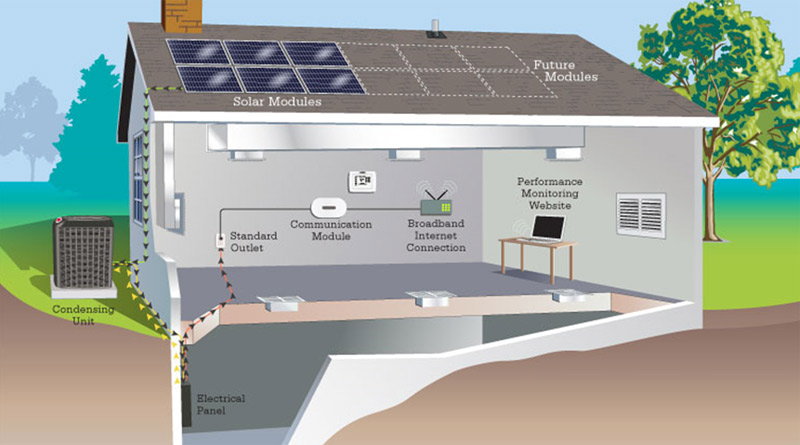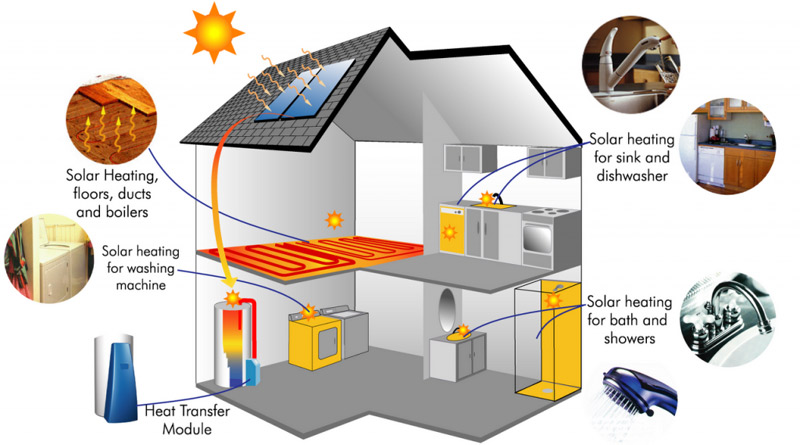Air to water heat pumps home heating
The original heat pumps were air source heat pumps for addition to a furnace. Then came ground source heat pumps which could deliver heat to either ducted or in-floor hot water heating systems. These systems are a fair bit more efficient but much more expensive than an air source unit. But what about an air source heat pump for in-floor hot water heating systems?
Attempting to provide a more affordable heat pump system in a home with hot water heating, some contractors utilized a device called a desuperheater. It is basically a heat exchanger here the water in the system flows across the coils which carry refrigerant which has been heated by the outdoor unit. The outdoor unit would be a standard air source unit intended to be hooked up to a coil made to pass heat to air flowing through ductwork. Instead, it would be hooked up to the desuperheater. While this was a cheaper option, the outdoor unit was unfortunately not intended to fulfill the demands of a hot water heating system, which requires different levels of heating at different times.
Only recently have a few different manufacturers began to distribute air source heat pumps made specifically for in-floor hot water heating systems. These units are often called or reverse cycle chillers. The second name refers to their technological resemblance to water cooling machines, but they can now run in reverse to heat water also. Note that these units can only be used with in-floor heating systems. No type of heat pump can be used with baseboard heating systems because they require higher water temperatures that only a boiler can provide. In an air to water heat pump, the heated refrigerant does not enter the house. Instead, it is used to heat water inside the outdoor unit. The heated water is then pumped into the home, where it enters a second heat exchanger. In this heat exchanger, the water from the outdoor unit transfers its heat to the water flowing through the distribution system. If it is a very cold day, the heat pump may act as a pre-heater before the water enters the boiler. On mildly cool days, the boiler will be bypassed.
Air conditioning with an air to water heat pump


